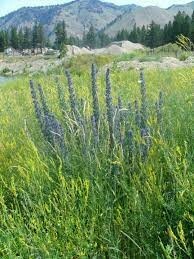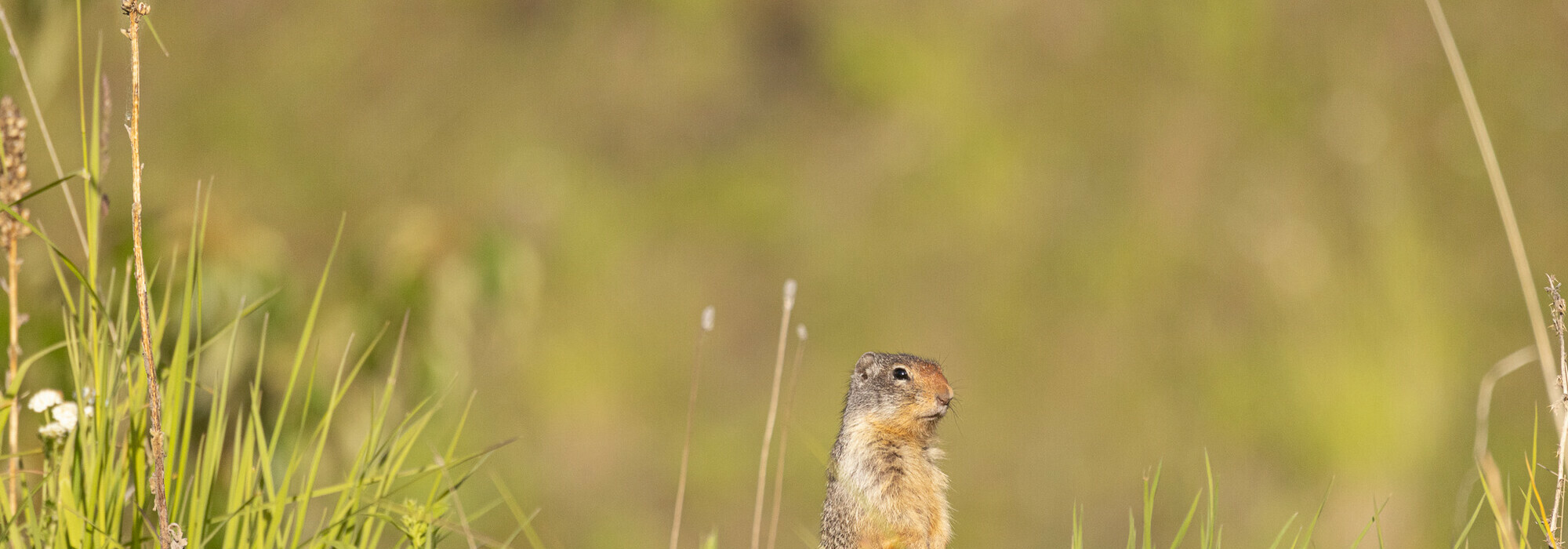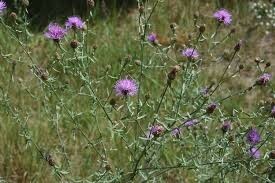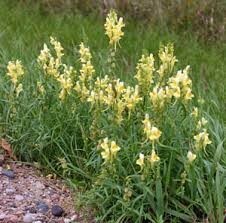Invasive Weeds

Invasive species are foreign plants and animals that grow out of control in parks, gardens, and other areas. In their natural habitat they have predators and competitors that keep them in check. However, in a new place with no natural controls they grow un-checked in natural and urban areas.
What are noxious or invasive weeds?
Noxious weeds are non-native plants that have been introduced to B.C. without the insect predators and plant pathogens that help keep them in check. They can:
- Reduce crop quality and yield;
- Destroy native plants and animal habitats;
- Be poisonous;
- Harbour insects and crop diseases;
- Create unsafe conditions;
- Damage landscapes.
Have you seen these weed species around your community?
Blueweed
Spotted Knapweed



